The nutrition plans prescribed by Vince Gironda were always based on achieving a particular objective, for example, maximum muscle or definition.
However, he was very clear that each one of these diets was only a short-term solution for the purpose of preparing the bodybuilder for a competition or a photoshoot, and was not to be followed long-term. They would typically involve eating extreme quantities of protein and/or fat, whilst severely restricting carbohydrates. Whilst this would help the bodybuilder sculpt an incredible shape, the low nutrient intake meant it was not a viable long-term solution.
Therefore, in between phases of strict dieting, he advocated the ‘Maintenance Diet’.
Based on the principles of eating a ‘balanced’ diet, the bodybuilder would consume moderate quantities of protein, fat, and carbohydrates (macronutrients). Since the goal is neither extreme muscle gain nor excessive definition, there does not need to be any extreme manipulation to either macronutrient.
Due to the high flexibility and variety of food choices, boredom was non-existent on the maintenance diet, meaning that bodybuilders could stay on it indefinitely. Furthermore, due to an increased quantity of nutrient-dense foods satisfying vitamin and mineral intakes, there was a much smaller requirement for supplements, which were considered essential with all of Vince’s other nutrition plans.
Whilst not an appropriate nutrition plan for changing body composition in a short period of time, it was a suitable nutrition plan for the bodybuilder who wanted to gradually build muscle without having to worry about maintaining maximum definition and shape.
As such, the maintenance diet was a ‘non-stressful’ diet to the mind and body, which enabled bodybuilders to enjoy a long and healthy career in the sport.
When To Use Vince’s Maintenance Diet
The maintenance diet was most appropriate for use in the off-season when the bodybuilder had no immediate requirement to be in ‘contest condition’, and would be the first diet they returned to following a major competition, assuming they had no other events to immediately prepare for.
Positioning the diet this way into the bodybuilder’s training calendar means they have something to look forward to following months of extreme eating, enabling them to relax both physically and psychologically.
It’s no secret that preparing for a bodybuilding competition is extremely demanding on the body.
Slaving away for hours in the gym with minimal food intake in order to attain low levels of body fat will eventually begin to take its toll, and it’s been shown that testosterone, thyroid hormone, and leptin all plummet to frighteningly low levels as the bodybuilder nears the final stages of preparation.
This will leave the bodybuilder feeling perperpetually drained and depleted, as their physical and mental health take a battering.
Therefore, it’s critical that the time spent enduring the physical, emotional, and mental damage from extreme dieting and training is followed by something easy and enjoyable.
In that sense, the maintenance diet is like hitting a ‘reset’ button as it allows them to return to a state of normality.
Enjoying a greater food intake, with minimal restrictions on what they can and can’t eat, allows hormones to restore to optimal levels, and alleviates the stress imposed on their body from highly restrictive eating.
Maintenance Diet Breakdown
Vince Gironda’s Maintenance Diet breaks food down into 5 separate groups: –
- Meats, poultry, fish
- Eggs, milk, and other dairy products such as cheese, cottage cheese, and yogurt
- Grains (bread and cereals)
- Vegetables, fruits, legumes, nuts
- Fats (oils, butter, margarine)
The bodybuilder then balances foods from these groups over three meals a day, which covers the basic nutrition requirements for man:
| Nutrient | Function |
| Protein | Growth, maintenance, and repair |
| Fats and carbohydrates | Energy source |
| Vitamins, minerals, and enzymes | Catalysts in the metabolic process |
Unlike other nutrition plans, the maintenance diet neither excludes any one particular food group, nor does it favor one over the others.
Whilst suboptimal for maximum muscle gain or definition, eating a balance of all these foods provides the perfect supply of nutrients for a healthy body.
Protein
The best protein foods for the bodybuilder come from animal sources, since they include all the essential amino acids i.e. those not produced in the body, and therefore can only be obtained from food.
These foods include: –
- Meat
- Poultry
- Fish
- Eggs
- Milk
- Cheese
The amino acids from these sources are more easily converted into muscle, since they resemble the structure for human muscle tissue.
Incomplete sources of protein lack one or more essential amino acids, and include proteins from fruits, vegetables, grains, nuts, and legumes. Foods with incomplete proteins muscle must be combined with a complete source to make a usable protein.
Since the goal of the maintenance diet is to continue building muscle, it’s imperative the bodybuilder maintains a high protein intake by consuming a sufficient quantity of complete proteins at each meal.
Fats
Vince preferred using fats as an energy source over carbs, since they are ‘slow-burning’ and can sustain the body’s blood sugar level for up to 6 hours.
However, whilst on the maintenance diet, there would be no harm in the bodybuilder consuming more energy from carbohydrate sources, if they preferred.
Fats come from both animal and vegetable sources.
Fats from animal sources, such as beef, milk, and eggs, tend to be saturated fats, which can play a role in testosterone formation.
Fats coming from vegetable sources such as olives, avocados, and nuts, tend to be unsaturated and have health benefits to the body, for example, cardiovascular health.
Whilst on the maintenance diet, bodybuilders should strive for balance between fats from animal and vegetable sources.
Carbohydrates
Carbohydrates provide more ‘instant’ energy for the muscles by quickly raising blood sugar.
As well as fueling the body, carbohydrates also enable the body to use protein more efficiently, and aid in maintaining acid-alkaline balance.
Food sources include grains (bread, cereals, pasta), fruits, and legumes.
Consuming a moderate quantity of carbohydrates in the diet will help maintain energy levels for training and allow for faster recovery, which is why this diet can be sustained for longer periods of time.
Provided the bodybuilder minimizes carbohydrates from processed foods, they shouldn’t experience any wild fluctuations in energy and blood sugar levels, which can often result in an energy ‘slump’ and leave them with little motivation for training.
Maintenance Diet Example
Here’s an example of a typical day on the maintenance diet:
Breakfast
- 1 cup of coffee or tea
- 4-6 eggs (poached or soft boiled, or in an omelette with choice of cheese, bacon, mushrooms, etc. No salt)
- 2 slices of whole-wheat bread or toast with sweet butter
- 1 glass raw milk (if possible)
Breakfast notes:
- A balanced meal consisting of an even split of protein, fats, and carbs, which will set the bodybuilder up for the rest of the day
- A cup of coffee or tea provides the bodybuilder with a dose of caffeine, which can fuel a morning training session
- Raw milk is recommended by VInce since it contains a better nutrient profile that hasn’t been destroyed by pasteurization
Lunch
- 1 glass ice tea or lemonade
- 1 lb broiled meat (your choice) with steamed green vegetables
Or
- 1 oz. can of tuna fish with fresh fruit
Or
- Raw vegetable salad with strips of chicken, or turkey, egg, natural cheese. Oil and vinegar dressing (no sugar or salt)
- 1-2 glasses of raw milk
Lunch notes:
- A higher protein meal with moderate fat and lower carbs
- A weaker caffeine intake from the ice tea is permitted, as anything stronger may lead to sleep disturbances this late in the day
- Lunch includes a greater intake of vitamins and minerals from nutrient-dense foods in the vegetables, salads, and fruit
Dinner
- 1 lb broiled steak with a mixed green salad
Or
- 1 lb baked chops with steamed spinach, broccoli, or cauliflower with carrot strip and celery salad
Note: Sprinkle salads with sesame seeds and use a plain yogurt dressing
- Jell-O with fruit and cream
Dinner notes:
- High protein
- Lower fat intake than breakfast and lunch, and a higher carb intake, which may help promote a better sleep quality
- Zero caffeine should be consumed at dinner time, since this will disrupt sleep quality
- More vitamins and minerals included from nutrient-dense foods in the vegetables, salads, and fruit
- Dessert included at dinner, which provides a ‘treat’ for the bodybuilder, as well as providing more nutrients
Do you need to count calories and macronutrients on the maintenance diet?
You’ll notice the absence of calories and macro counting in this diet, but that’s because Vince Gironda didn’t believe it was necessary.
The bodybuilder should still pay close attention to their bodyweight, training performance, and measurements.
As long as training performance continues to improve, and bodyweight and measurements are steadily increasing over time, then no changes need to be made to their bodybuilder’s nutrition plan.
If a drop in performance is noted, or bodyweight/size is lost, then the bodybuilder should strive to increase portion sizes at each meal time in order to resolve these issues.
Beneficial Supplements
As a bodybuilder on the maintenance diet was able to enjoy a wide variety of foods, this took care of the majority of their nutritional needs, thus reducing the requirements for supplements.
That said, bodybuilders are not ordinary people and therefore have different nutrient requirements from the standard government recommended daily allowances (RDAs).
Therefore, Vince recommended they still consume a number supplements at each meal in order to top up the nutrient intakes and plug some of the nutritional ‘holes’ that may have been left in when following the maintenance diet.
The following supplements to be taken at each meal: –
1 x Multivitamin tablet
1 x Vitamin B Complex
1 x Vitamin C Complex (300mg)
1 x Chelated Mineral tablet
1 x Hydrochloric Acid (HCL) tablet (before meal)
3 x Digestive Enzyme (after meal)
3 x Lysine tablets
2 x Bile Salt tablets
10 x Kelp tablets
3 (each) x Pituitary and Adrenal glandular tablets
As well as providing the body with all the additional nutrients that it may not acquire from food, for example, iodine, these supplements also allow the bodybuilder to achieve a state of optimal health, and receive protection from many stresses of modern-day living.
Multi-Vitamin
Taking a multivitamin safeguards against any potential nutrient deficiencies that may arise during any diet.
Being deficient in just one single nutrient may affect the bodybuilder’s health and make them unable to make sufficient progress in training.
Vitamin C
Vitamin C is a fantastic healing agent, and also a great detoxifier.
It may help to counteract the harmful effects of air pollution, making it an essential supplement for those living in cities or built-up areas.
As well as maintaining a strong immune system and helping to stave off colds, maintaining optimal vitamin C levels helps reduce the risk of more life-threatening diseases, such as heart disease and cancer.
It’s recommended that bodybuilders take a minimum of 1,000 milligrams a day.
Vince highly recommended ensuring that bioflavonoids were present in the supplement and not to use pure ascorbic acid.
Vitamin B Complex
A whole vitamin B complex was necessary for the bodybuilder since supplementing with single B vitamins were of little or no use to the body.
Carbon foods such as white bread, sugar, and pastries bum up Vitamin B which, in turn, causes
abnormal thirst, thus bloating the body tissues with water, which appears as body fat.
Although high quantities of these foods are not recommended on the maintenance diet, if ever there was a time when bodybuilders would eat them, it would be during the off-season.
Therefore, a vitamin B complex would protect them against a potential deficiency.
Including a vitamin B complex enables the proper utilization of vitamin E, which can have tremendous strength-building benefits for the bodybuilder.
Chelated Minerals
A chelated mineral supplement is included to ensure there are no mineral deficiencies within the maintenance diet.
Chelated minerals are minerals, such as zinc and magnesium, that have been bound to amino acids, and are absorbed better by the body.
Typically, most minerals found within a multivitamin supplement are non-chelated, which means they won’t be as well absorbed, and the bodybuild can still run the risk of deficiency.
Adding a chelated mineral supplement acts as an ‘insurance policy’ against creating a deficiency.
Digestive Aids: Hydrochloric Acid, Digestive Enzymes, and Bile Salts
Hydrochloric acid, digestive enzymes, and bile salts are all included with the supplement cocktail in order to improve nutrient breakdown and absorption within the digestive system.
Hydrochloric acid is present in the stomach and is necessary for the complete combustion of foods, in particular, tough foods such as fibrous meats, vegetables and poultry. Unfortunately, stress, age, and processed food can all deplete HCL levels, which can impair digestion, and prevent the complete breakdown of food, as well as the absorption of certain nutrients, such as vitamin B12.
Hydrochloric acid can also be produced by certain foods, including spices, pickles, and vinegar.
Digestive enzymes also assist digestion by breaking down the nutrients in food so they are ready for absorption by the body.
Whilst digestive enzymes are naturally present in the body, much like HCL, levels can be lowered due to the direct result influence of the modern lifestyle, which can compromise an individual’s health.
Finally, bile salts are added to the digestive aids for helping with fat digestion.
Lysine
Lysine is an amino acid found in rich quantities in cow’s milk, where it plays a crucial role in muscular growth and development.
Vince noted that calves, who drink cow’s milk exclusively, double their bodyweight every 30 days.
Babies, who drink human milk, double their bodyweight every six months.
Before supplements were introduced to bodybuilders, cow’s milk was consumed in huge quantities for its muscle-boosting benefits.
It’s included with the maintenance diet in order to guarantee the body has all ample quantities of nutrients necessary for building muscle.
Kelp
Kelp is a potent source of iodine, essential for an optimally functioning thyroid.
Before modern farming in America, foods were grown in iodine-rich soils, which made deficiencies non-existent.
Modern farming has depleted the soils of iodine, meaning deficiencies are rampant, which has resulted in a host of thyroid issues across the population.
Supplementing with kelp ensures the bodybuilding building is consuming a sufficient quantity of iodine, and maintaining a healthy metabolism.
Pituitary and Adrenal Glandulars
The final supplements recommended during the maintenance diet are pituitary and adrenal glandulars.
The pituitary gland is responsible for growth hormone production and secretion, which is not only essential for the growth and repair of muscle and bone tissue, but also connective tissue, such as ligaments and tendons, which are also subject to stress during training.
The adrenal glands produce hormones that are responsible for the control of certain phases of carbohydrate, fat, and protein metabolism as well as of the salt and water balance in the body.
In short, fully functioning adrenal glands are required for optimal energy day-to-day.
Supporting both the pituitary and adrenal glands with specific glandulars ensures optimal health of both of these glands, which allows the bodybuilding to continue training with maximum energy and steadily build new muscle whilst on the maintenance diet.
Summary
The maintenance diet is the perfect diet for the bodybuilder to follow in their off-season, when no competition looms on the horizon.
It can be followed for long periods of time, with no adverse effects to health, during which time the bodybuilder will experience gradual muscular hypertrophy.
This will ensure they are nutritionally ‘stocked up’ and well-prepared for subsequent nutrition plans that will require more extreme dieting as the bodybuilder begins to shape their body for competition.
It composes of a balance between protein, carbohydrates and fats, and is rich in vitamins and minerals, whilst supported by a small number of supplements in order to ensure the bodybuilder has the nutrients required to build muscle and maintain an optimal state of health.


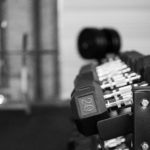
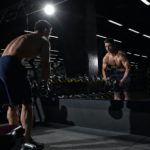
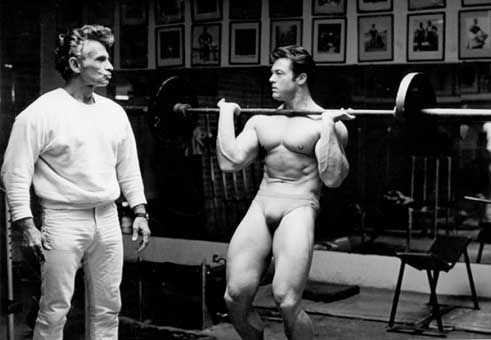
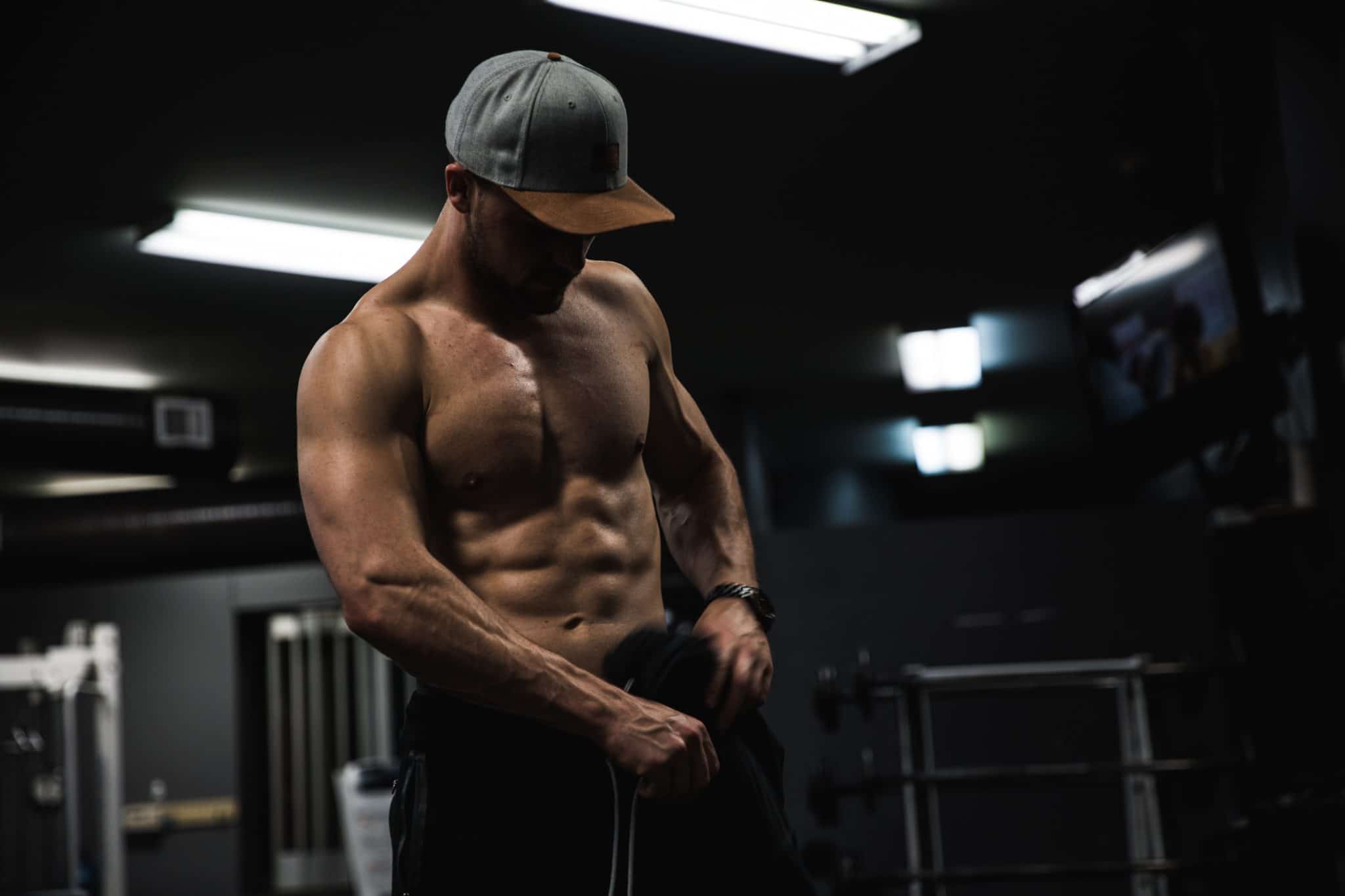

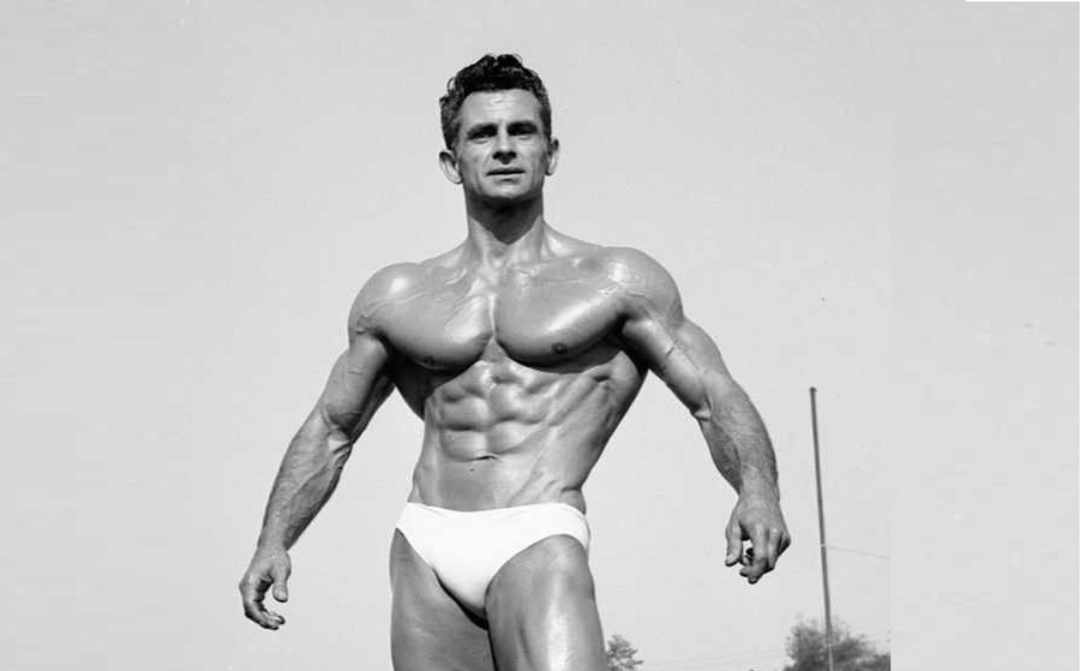
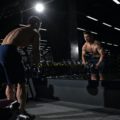
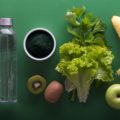
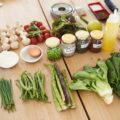
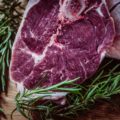
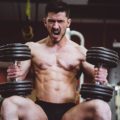
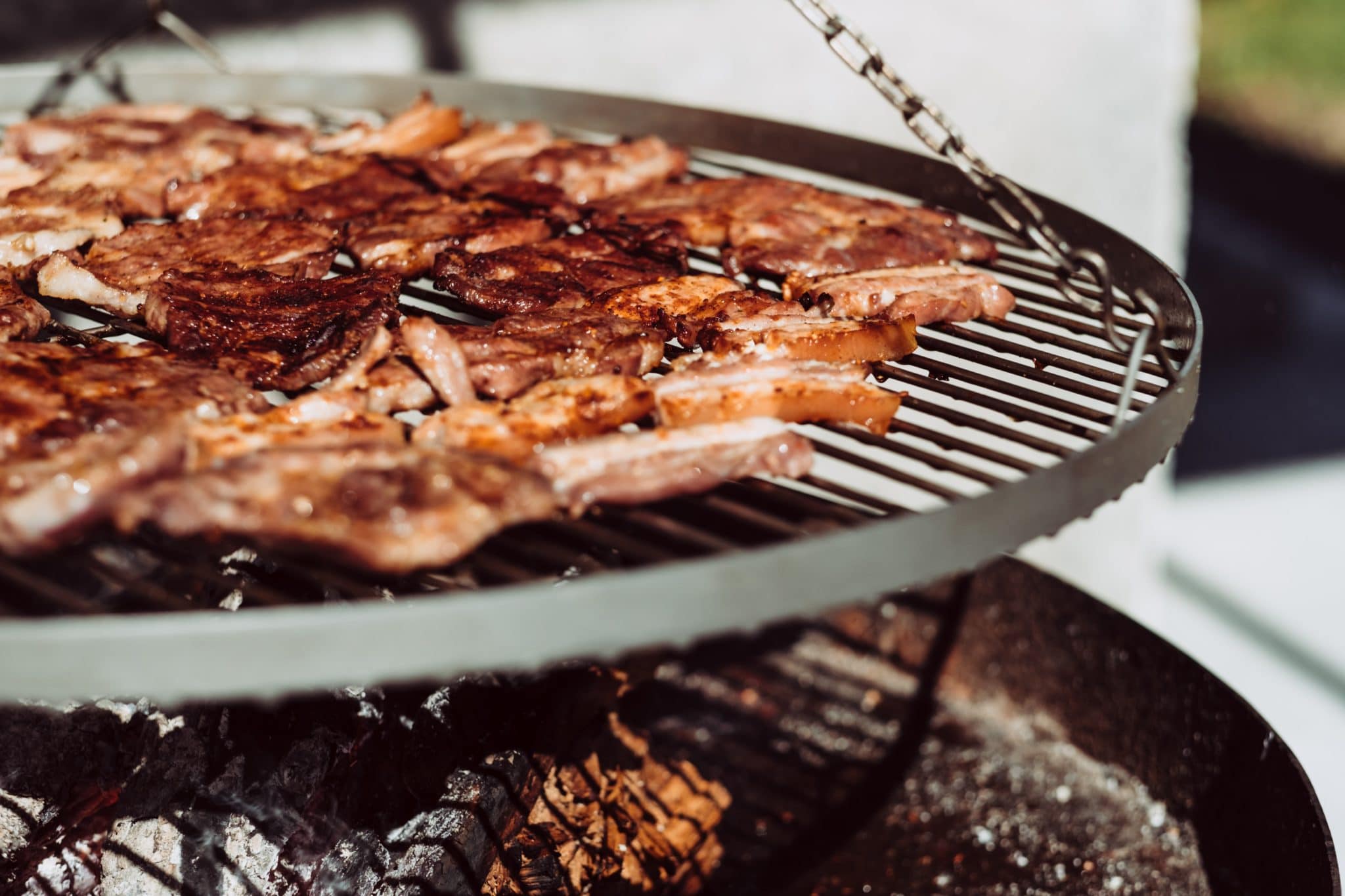
No Comments
Leave a comment Cancel